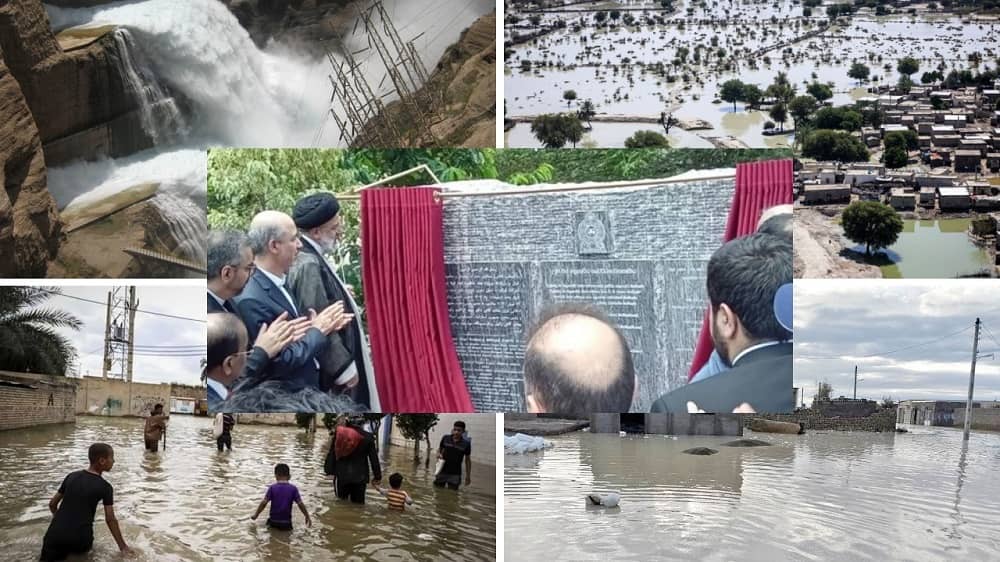
Recent weeks have seen Iran besieged by severe floods and storms affecting 11 provinces, including major areas like Isfahan, Tehran, and Fars.
The devastation has claimed dozens of lives from Damghan in the north to Zarabad in the southeast and has inflicted extensive damage on infrastructure, agriculture, and residential areas.
The flood impact has been particularly harsh in Sistan and Baluchestan province. Continuous heavy rainfall since February 26 has led to the overflowing and collapse of several dams. The local director-general of the Crisis Management Office reported damages amounting to approximately $17.6 million. The sectors most affected include transportation, agriculture, and the power and water supply network, with over 2,150 residential and urban units damaged.
Despite these pressing domestic issues, the Iranian government has been focusing significant resources on international infrastructure projects. Notably, the government, under President Ebrahim Raisi, and companies affiliated with the Islamic Revolutionary Guard Corps (IRGC) have been active in constructing dams abroad, such as the Uma Oya project in Sri Lanka and another recently inaugurated dam in Azerbaijan. This strategy aligns with Iran’s historical pattern of investing in infrastructure projects overseas, a policy that spans various administrations.
Why Is #Iran Regime Hiding Information on Dams? https://t.co/eM5JUrmytx pic.twitter.com/HcSIE8mqUG
— NCRI-FAC (@iran_policy) October 31, 2017
These external investments, however, contrast sharply with the dire needs within Iran. The frequent construction of dams on Iran’s rivers has been criticized for contributing to a water scarcity crisis. Now, with the floods, the inadequacy of domestic infrastructure has come into sharp focus. The dams in flood-prone areas of Iran are proving incapable of handling severe weather conditions, resulting in catastrophic failures and subsequent flooding.
Furthermore, there’s growing scrutiny over the allocation of funds by the Iranian regime. Critics argue that while the regime invests heavily in external projects and regional influence, it neglects the essential infrastructure maintenance that could mitigate such disasters at home. This has raised concerns among the populace who see their needs and safety compromised.
#Iran News in Brief
Devastating floods and overflowing dams have left a trail of destruction in Iran. At least seven lives lost, over 59 injured, and countless houses destroyed.https://t.co/S9TovUJxqO pic.twitter.com/LwTPF3GzCv— NCRI-FAC (@iran_policy) June 9, 2023
The situation calls for a reevaluation of priorities by the Iranian government to focus more on domestic infrastructure, particularly in enhancing the resilience of dams and flood defenses. Investing in the country’s infrastructure is not only crucial for safeguarding its citizens but also for ensuring the sustainable development of its regions. As the climate crisis escalates, the ability of countries to protect their populations and maintain critical infrastructure will increasingly come under scrutiny, pressing the need for immediate and focused action within Iran.

MEK Iran (follow us on Twitter and Facebook), Maryam Rajavi’s on her site, Twitter & Facebook, NCRI (Twitter & Facebook), and People’s Mojahedin Organization of Iran – MEK IRAN – YouTu
